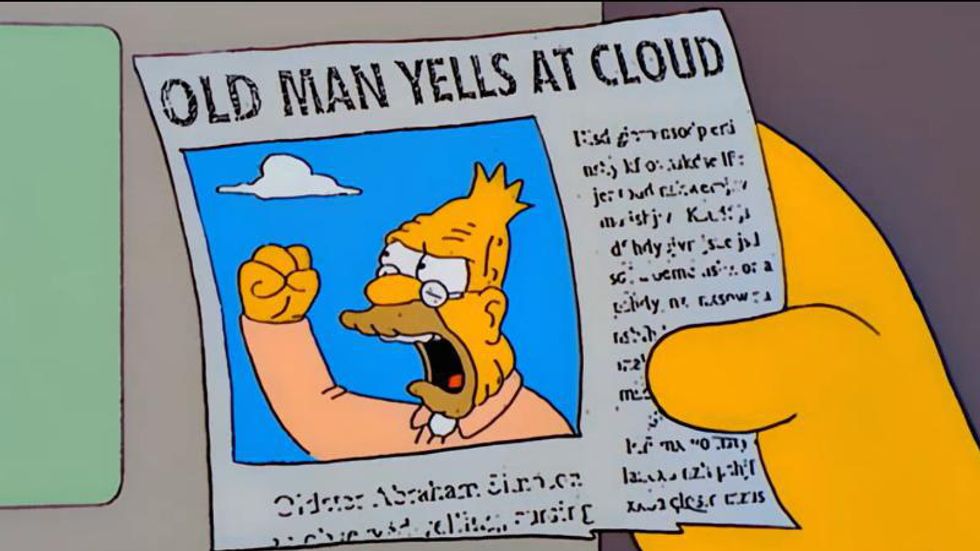Today’s social media technology and applications have brought us to regions we formerly never would have thought we would explore. With the use of apps such as Snapchat we are able to take part in the viewing and posting of events from all over our a diverse world with the stories feature, share photos and videos instantly with friends, use geofilters, use dog filters and face swap, and explore fast communication with an additional chat feature.
Millennials and the youth population, in general, are often faced with criticism from older generations that we are too social media centered and that back in their day things were clearly better, we’ve heard it all at this point and it gets a bit old.
What the older generation fails to see is the vast amount of benefits of rapid sharing media and information and how we as a generation are doing all we can to master and simply adapt to our ever-changing world. The development and vast use of these applications are unavoidable and truly important.
Snapchat is undoubtedly one of the most popular means of communication and channels for spreading information but I wish to pose a question of where this popularity can face criticism even by an extremely social media prone millennial. Has the use and obsession with sharing at this fast pace found certain limitations?
This category of criticism by an avid Snapchat user could perhaps reach its peak in the standing room area of a concert hall, a section of live shows that is almost always notorious for rowdiness and moving around. I was in attendance in this exact concert situation this past month, excited to jump around and dance to music that had an equal the balance of hype and composure, perfect for standing area!
Or so I thought. The result in the night off was far from my prediction. The opening act was invisible to me except through the thousands of screens lined up in front of my face, all standing still with arms extended up, open to snap chat to capture ten seconds worth of the epic opening song to send to their friends who were perhaps absent from the concert, but mostly to add to their stories. Ten seconds soon became twenty seconds, thirty, forty, and fifty and so on. The stories were piling up around me and just like the people they were being sent to; they were becoming my only clear view of the concert.
So the criticism and analysis of the Snapchat obsession grows here, with an event as dynamic and fleeting as seeing your favorite band in concert for the first time, is it really more important to prove to others that you were there or to be present and skip out on the awfully long snap chat story for the evening?
When a concert-snapper gets mad at someone beside them who is jumping and dancing in the standing crowd and therefore blurring their video, where does the anger derive from? Is it from the new inherent need to share and to be a part of an event on a medium that provides a time frame longer than the concert actually lasts?
The criticism can then extend to the receiving end of these stories. Do we at this point enjoy viewing these concert snaps more than we would have enjoyed the concert itself, does the public ask for this kind of concert footage and therefore feed the death of a dancing and lawless crowd? At this time I strongly believe this not to be true, but then, what exactly is lost in the ideologies of enjoyment from the sender to the receiver.





















